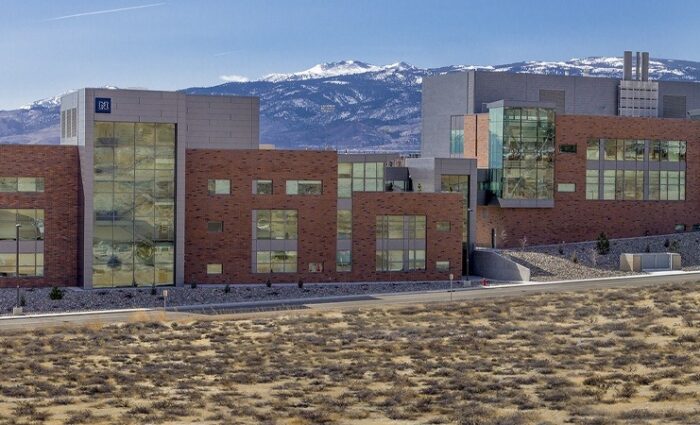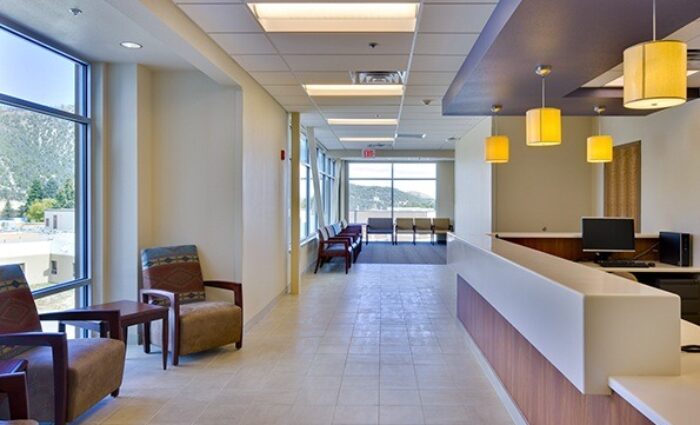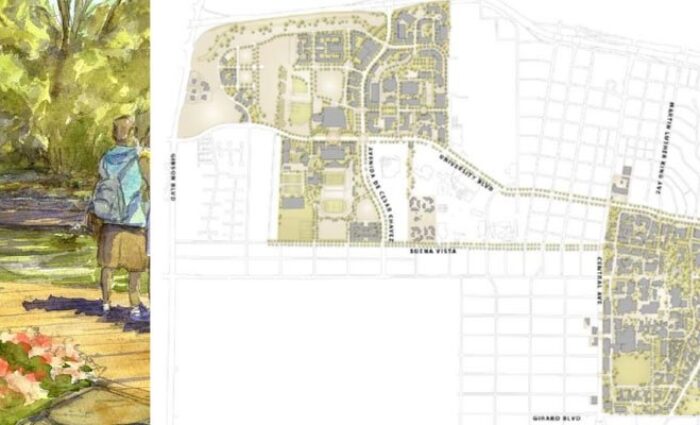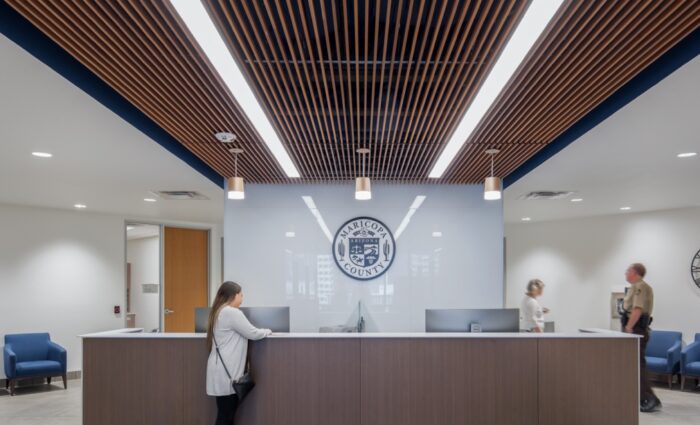A Dollars & Sense Approach to Rural Healthcare Design
How Architects Can Help Remote Hospitals Maximize Their Resources
Parents strive to teach their children “the value of a dollar.” Teenagers across the nation are right now scooping ice cream in pursuit of this knowledge. While few, if any, spend their summer vacation working at an architectural firm, perhaps they should. Architects are obligated to understand the value of a dollar – and how it shifts depending on the project.
A dollar in rural healthcare is different from a dollar in urban healthcare. Special financial structures exist to keep rural hospitals running. While urban facilities can afford to offer a range of specialties, rural providers must first focus on ensuring core services. Rural hospitals must be built to last, and their infrastructure might be dictated by what local mechanics know how to service.
Armed with an understanding of the pressures and priorities of rural healthcare providers, we can make wise choices about where to invest and where to save.

Good Sense Saves Cents
Everything in a rural hospital is more expensive. Beyond the ever-increasing cost of labor and materials, travel drives up the project’s price tag. Think about it: rural hospitals have to pay more to ship their materials farther. Then they pay to bring in workers to build the facility, and later to maintain the facility.
Owing to this financial reality, we approach rural healthcare design with a different mindset than we do with other projects. This mindset is about having the good sense to distinguish between what is necessary and what is nice. We seek plain and simple solutions while trusting that elegance derives from simplicity.
Rural hospitals prioritize function over aesthetics and backup systems. These facilities can look modern and striking, but we might make small sacrifices in places where patients won’t experience a difference. For instance, we might select tile that’s a grade lower but is more durable and easier to clean. We may spend more money on a mechanical system to ensure that maintenance is available in an emergency.
While rural hospitals share many struggles, each has its own idiosyncrasies. We aim to strike the right balance on every project: saving where we can so we can spend on what matters most.
Maintaining Critical Access
The Critical Access Hospital (CAH) designation was created in response to a wave of rural hospital closures in the 1980s and 90s. The CAH designation has since become the lifeblood of many small hospitals, providing reimbursement beyond the standard payment. This additional funding is key to ensuring healthcare access in isolated communities.
But facilities must meet certain conditions to qualify for the CAH designation. One is that the hospital must have 25 or fewer acute care inpatient beds. As a result, many hospitals that once had 40 inpatient beds have reduced their number to 25. While not all rural hospitals aspire to the CAH designation, we will work with a facility to grow their outpatient footprint to offset the inpatient limit.
We welcome the challenge of designing within the 25-inpatient-bed constraint. Beds don’t care for patients – medical professionals do. Our strategy is to build robust outpatient programs and maximize the usage of staff. Certain departments, like radiology and cardiopulmonary, can be accessed from both the inpatient and the outpatient side. A capable staff member might split their time between departments, working mostly as an X-ray tech but doing blood draws as needed.
With a talented staff working small inpatient loads and pivoting to outpatient services whenever possible, we enable high quality care while satisfying CAH conditions and keeping labor costs down.
Flexibility is a Form of Stability
Recruiting and retaining talent is a challenge across the healthcare industry, but it can be particularly difficult in remote areas. One way to expand access to specialty services and compensate for a lack of staff is to have physicians from a metropolitan hospital spend a day or two a week serving a rural population. To accommodate this traveling workforce, rural facilities may have on-site apartments for nurses and doctors to stay during visits. Patient rooms and workspaces must be designed for rapid changes in function as providers rotate or needs change.
The rise of telehealth, accelerated by the COVID-19 pandemic, offers both patients and providers greater flexibility. Virtual visits can ease the strain on physical space. While a multitude of services can’t be offered through a webcam, hopefully, the greater convenience encourages patients to seek treatment sooner, ultimately necessitating fewer inpatient stays.
Embracing Modularity
Prefabrication and modular construction could one day offer a solution to the high cost of constructing rural healthcare facilities. Larger, more complex units of a building can be constructed in a warehouse with local workers. These modular units could then be transported to a rural site and quickly tied into the main system, speeding up construction and cutting down on imported labor costs.
It is a promising trend that has generated success in other sectors. With more research, it could free up funds for the direct benefit of patients.
We use many strategies for maximizing rural healthcare dollars, but we do so while keeping compassion at the fore. We understand that a rural hospital’s dollar is worth more than 100 cents. Its true value is the care it provides.
Read our minds.
Sign up for our email.
Related Content
Mixed Reality in Architecture
Article
Architecture’s Built Experience
Article
What DPS Interns Did This Summer
Article

Design a career path with more bridges.
Looking to break down the walls of the status quo?






